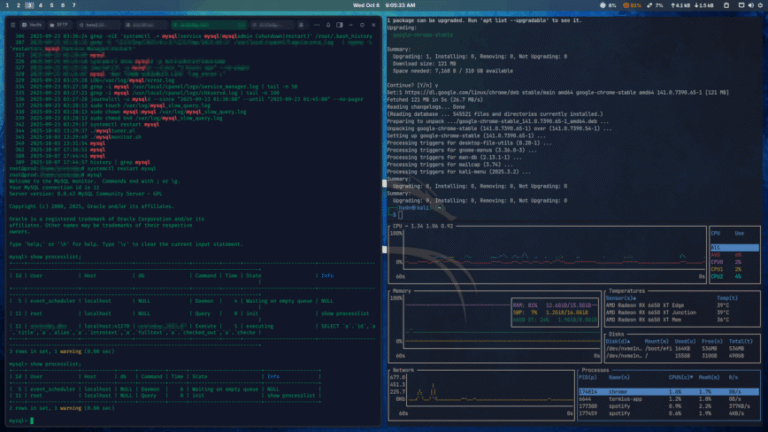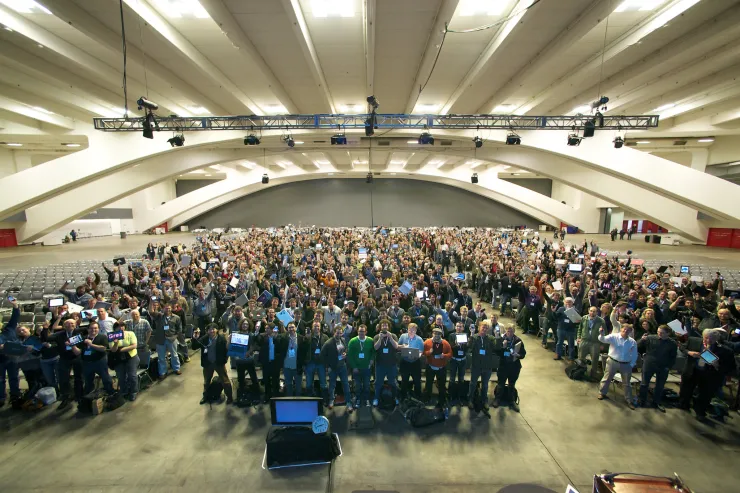
In Canada, defendants can request a review of their bail decision under certain conditions, such as a clear legal error or a material change in circumstances. However, challenging an AI-influenced bail decision can be particularly daunting due to the “black box” nature of these algorithms.
The Promise and Pitfalls of AI in Justice
A study by Kleinberg et al. analyzed over 750,000 bail decisions made in New York City between 2008 and 2013. It found that while the algorithm used did not include race as a factor, it still exhibited biases due to the underlying data used to train it. For instance, it often failed to accurately predict the flight risk of defendants from certain demographics, leading to unfair detainment decisions. This shows that even well-intentioned AI systems can contribute to significant real-world consequences.
AI-based tools like COMPAS (Correctional Offender Management Profiling for Alternative Sanctions) are widely used in the United States to assess the likelihood of recidivism and aid in decisions regarding bail and parole. The allure of such tools lies in their perceived objectivity—algorithms, unlike humans, are supposedly free from prejudice. However, studies have shown that these systems are far from impartial. A risk assessment algorithms to determine whether a defendant should be released before trial. These decisions are crucial because they can have a profound impact on the defendant’s life. Defendants held in pretrial detention are more likely to lose their jobs, face financial instability, and accept plea deals simply to gain their freedom, regardless of actual guilt.
Ethical Concerns and Expert Opinions
The integration of AI, in the criminal justice system brings about advantages and hurdles to consider. Although these technologies can enhance decision making processes and minimize prejudices there is a concern that they might reinforce and worsen existing disparities. Maintaining use of systems demands a focused approach toward transparency, accountability and incorporating a range of perspectives in their creation. Without these measures in place the potential benefits of AI, in justice may transform into a future where technology amplifies the very biases it aimed to eradicate.
The implications are profound: when the voices of those who are most affected by AI are absent in its creation, the technology is unlikely to serve their needs or protect their rights.
The use of artificial intelligence (AI) in criminal justice decision-making—specifically in bail determinations, parole assessments, and sentencing recommendations—has been growing rapidly. Proponents argue that these tools can help eliminate human biases and create more consistent legal outcomes. However, there is mounting evidence that these systems can perpetuate or even exacerbate existing biases, leading to unjust outcomes. This article delves into the ethical and legal challenges posed by AI in the justice system, supported by real-life data, expert opinions, and public sentiment.
Public Opinion and Legal Challenges
The use of AI in criminal justice is not limited to the United States. In Malaysia, a Sabah court made headlines by being the first to use AI to assist in sentencing decisions. While the initiative aimed to standardize sentencing and reduce human error, it sparked significant debate over the ethical implications of using AI in such high-stakes decisions.
When incorporating AI into sectors, like criminal justice systems it’s important to understand that these technologies are not impartial. They mirror the information they are taught and the beliefs of their developers. The real test lies in not enhancing the technology itself but also reshaping the organizations and communities that utilize it.
International Perspectives: Lessons from Abroad
The public’s views regarding the integration of AI in the realm of justice are polarized; some perceive it as a means to minimize human mistakes and prejudices while others harbor significant doubts about its efficacy and ethics. An investigation conducted in 2023 revealed that 60 percent of the American populace harbors apprehensions about AIs role in judicial verdicts due to worries about partiality and a dearth of openness, in the process.
Kate Crawford, co-founder of the AI Now Institute, has highlighted what she calls AI’s “white guy problem,” referring to the overrepresentation of white men in AI development. This demographic imbalance can result in algorithms that fail to account for the nuanced realities of different communities.
Legal experts are also discussing the consequences of these technologies with demands, for more openness regarding the creation and application of such algorithms being raised. Some people support the idea of the “glass box” approach in which the inner workings of the algorithm are openly shared and open to examination instead of the “black box” model where decision making processes are concealed and hard to understand. For instance the absence of clarity in how algorithms make decisions has been identified as a challenge, in allowing defendants and their legal counsels to challenge AI driven decisions effectively.
- Inclusive Development: Involving representatives from the communities most affected by these tools in the development and oversight of AI systems is crucial. This can help ensure that the algorithms are fair and that their impact on marginalized groups is carefully considered.
- Transparency and Accountability: Algorithms used in criminal justice should be transparent, with clear explanations of how decisions are made and opportunities for external auditing. This is essential for building trust and enabling legal challenges when necessary.
- Ongoing Oversight: There should be mechanisms for continuous monitoring of AI systems in use, with the ability to adjust or discontinue use based on new evidence of bias or harm. Independent oversight bodies could play a key role in this process, providing checks and balances that prevent the unchecked deployment of these tools.
- Legal Safeguards: Clear legal frameworks should be established to govern the use of AI in criminal justice, including guidelines on what data can be used and how decisions should be communicated to defendants. This would provide a necessary layer of protection for individuals who may be adversely affected by these systems.
By Gary Bernstein
Moving Forward: Recommendations for Ethical AI Use
Experts argue that the ethical use of AI in criminal justice hinges on transparency, accountability, and the inclusion of diverse perspectives in the development of these tools. Ngozi Okidegbe, a legal scholar, points out that marginalized communities, which are disproportionately affected by these systems, are often excluded from the development process. This lack of representation can lead to “technocratic” decisions that overlook the lived experiences of those most impacted by these technologies.






